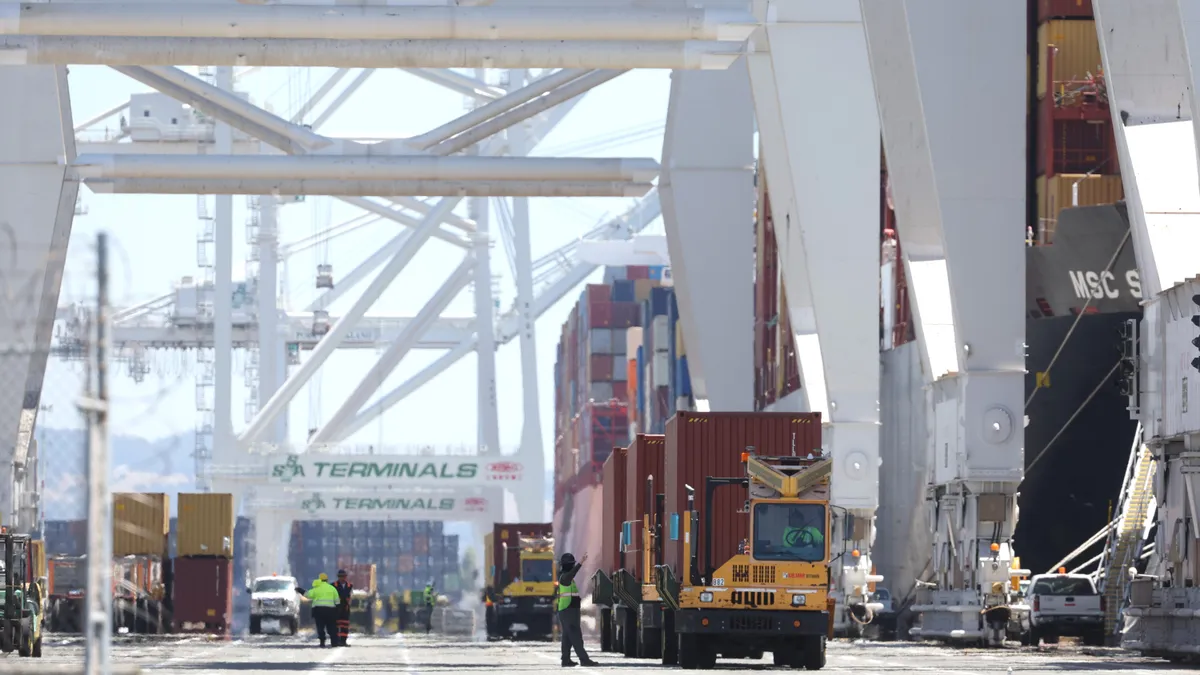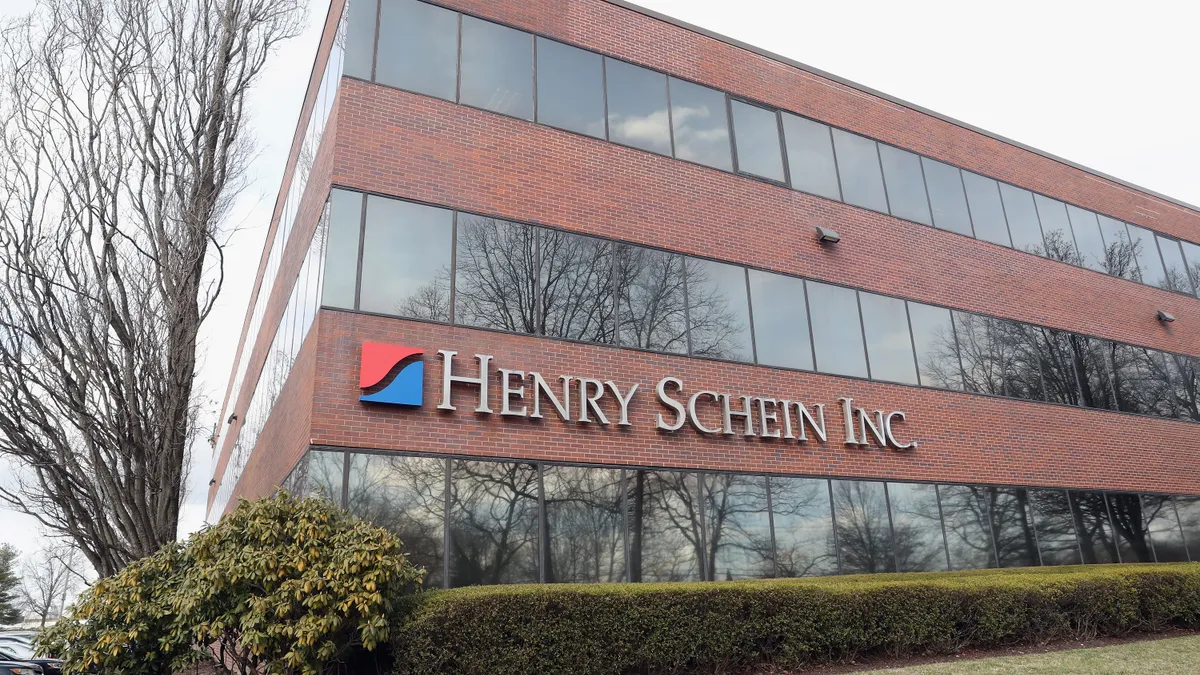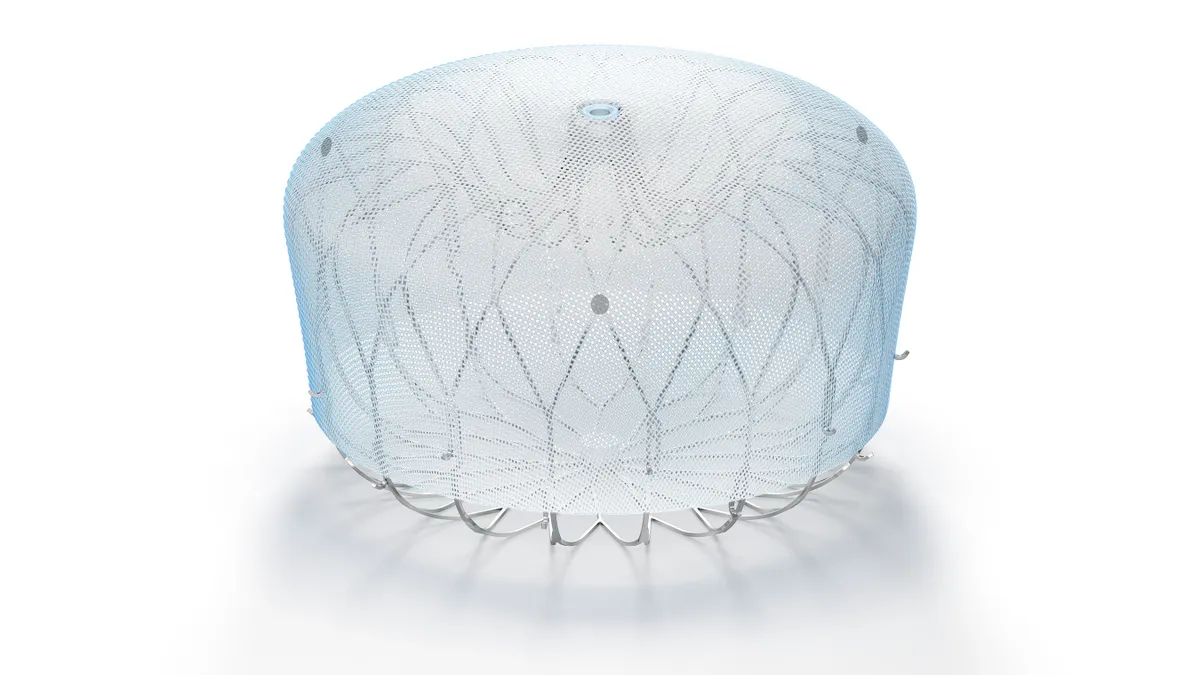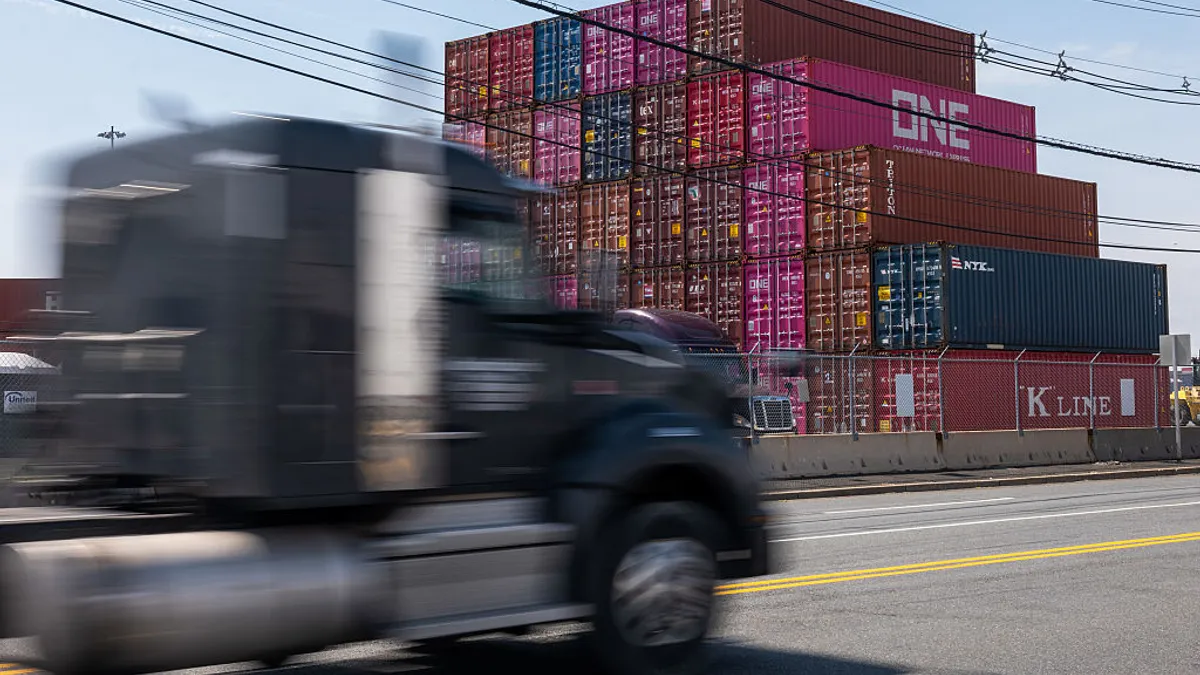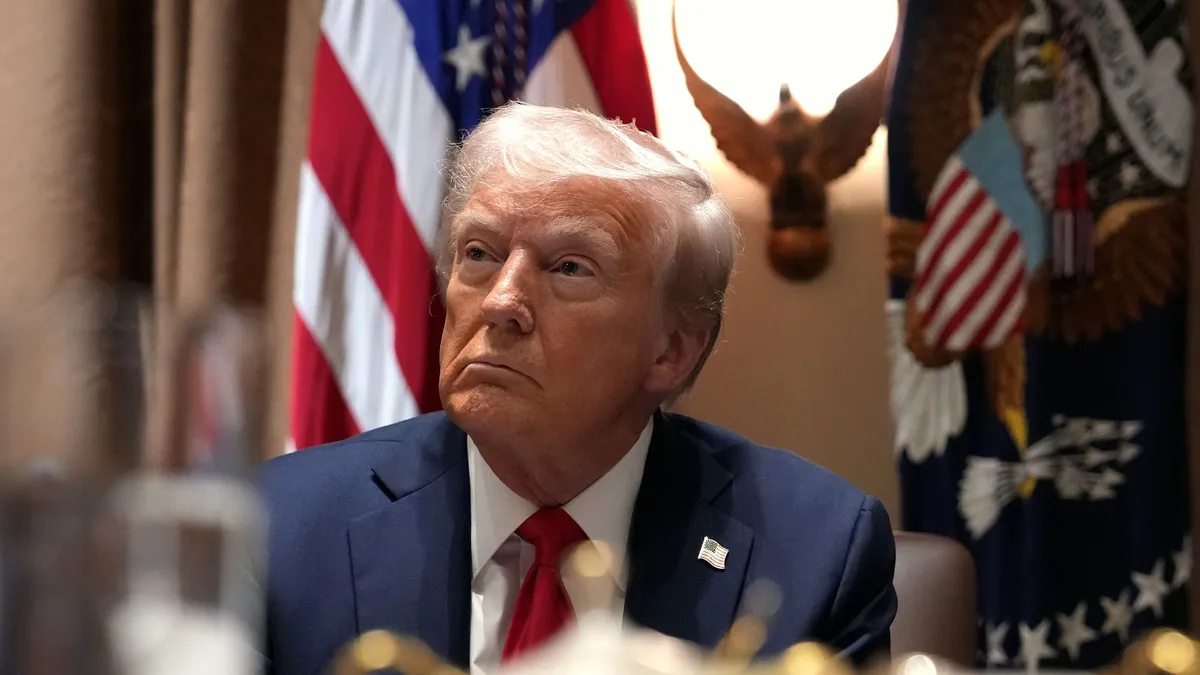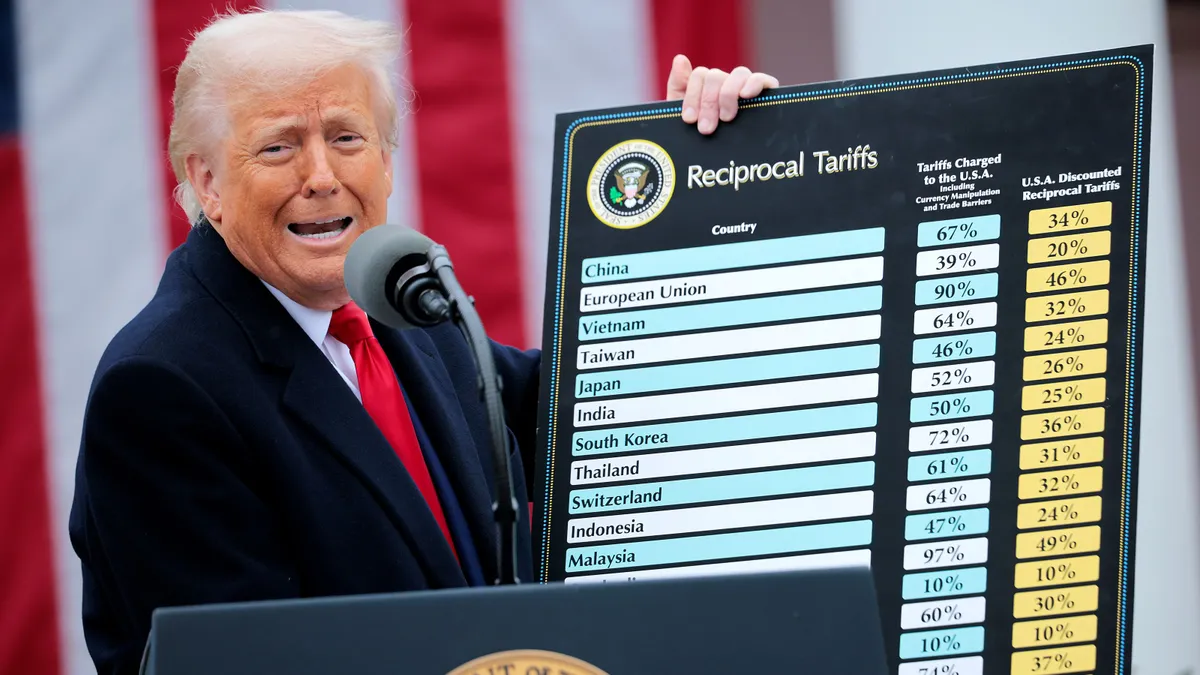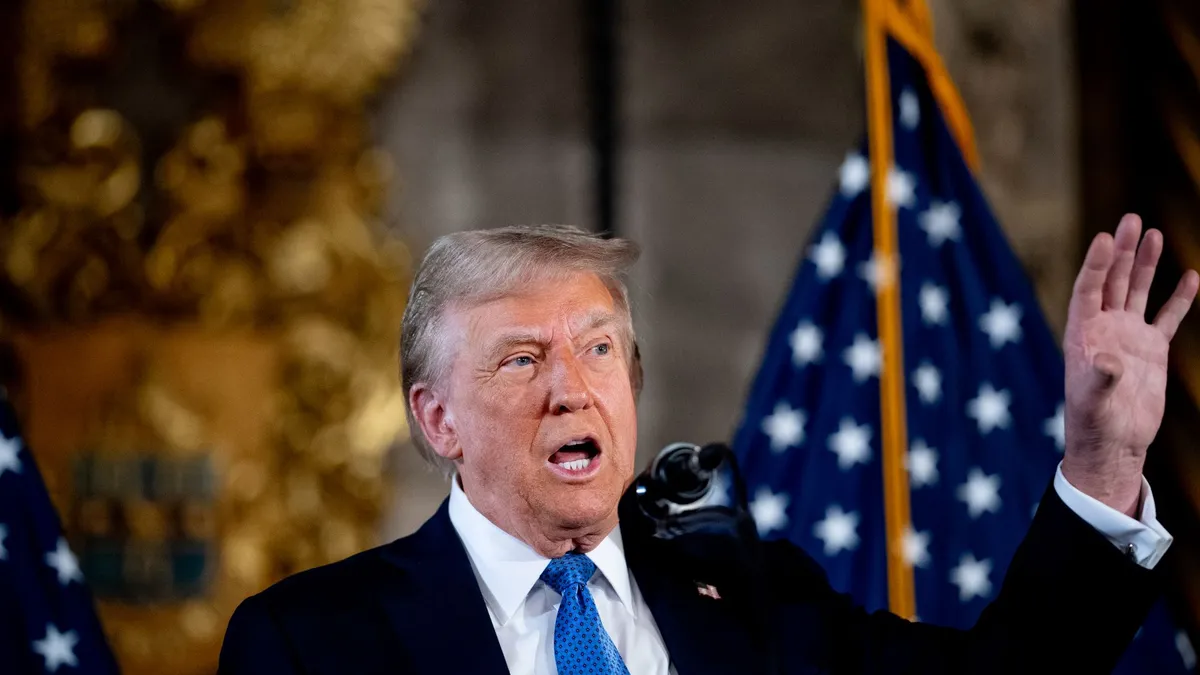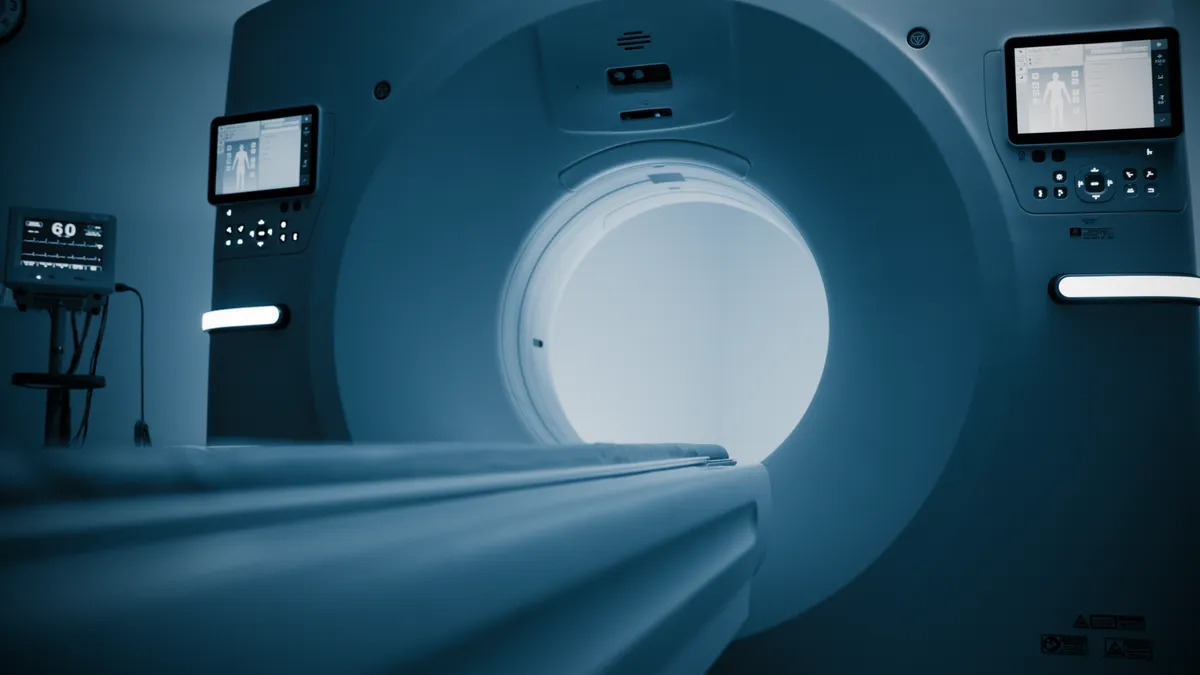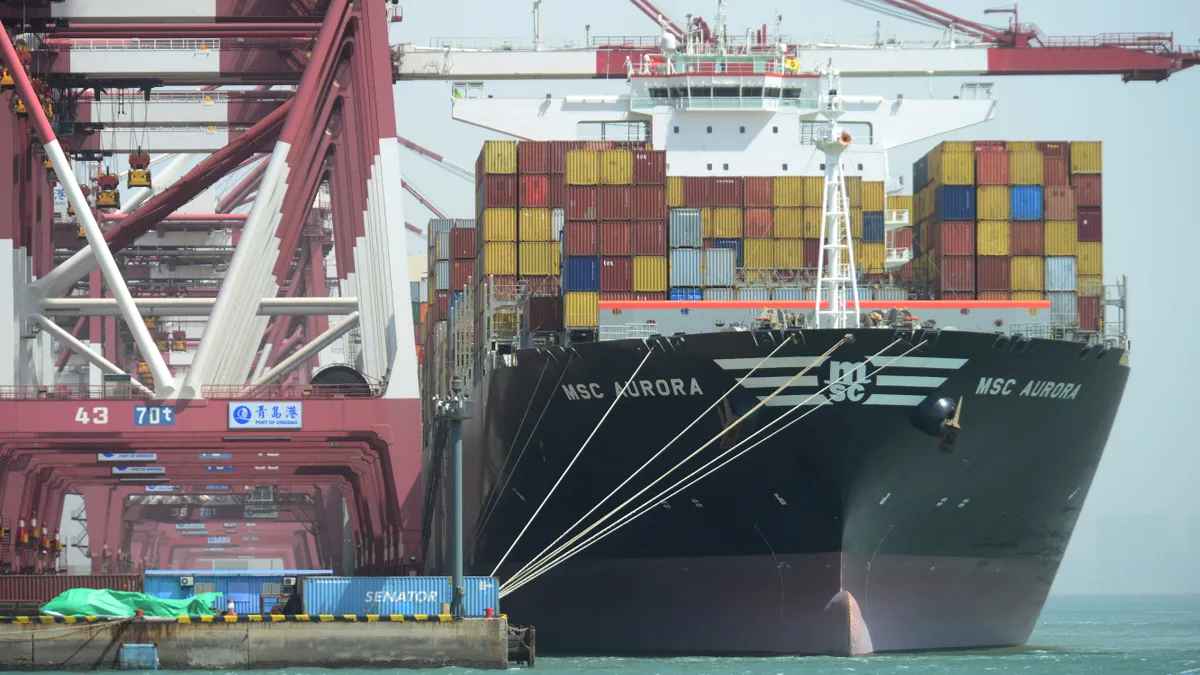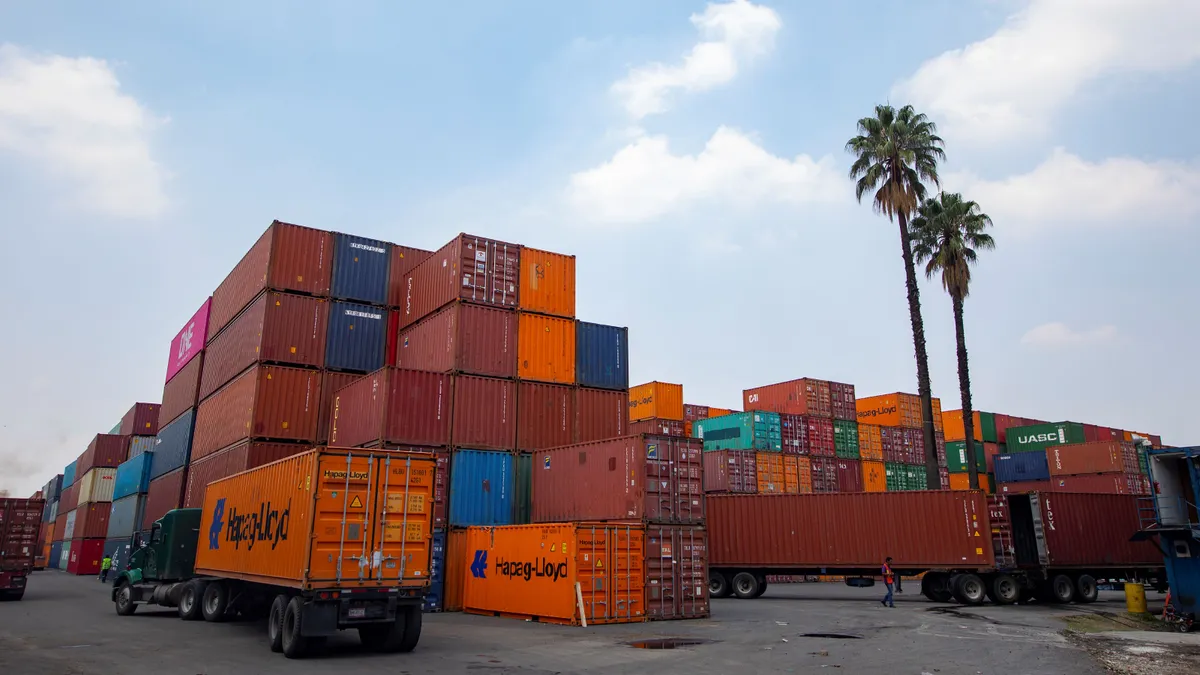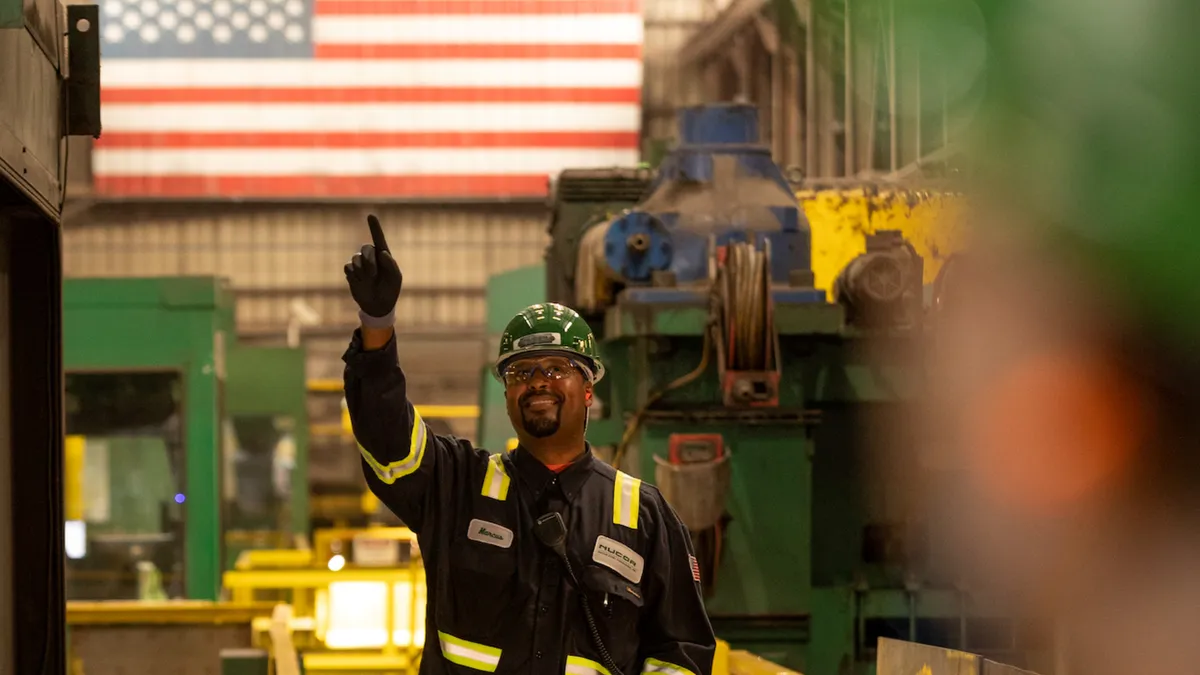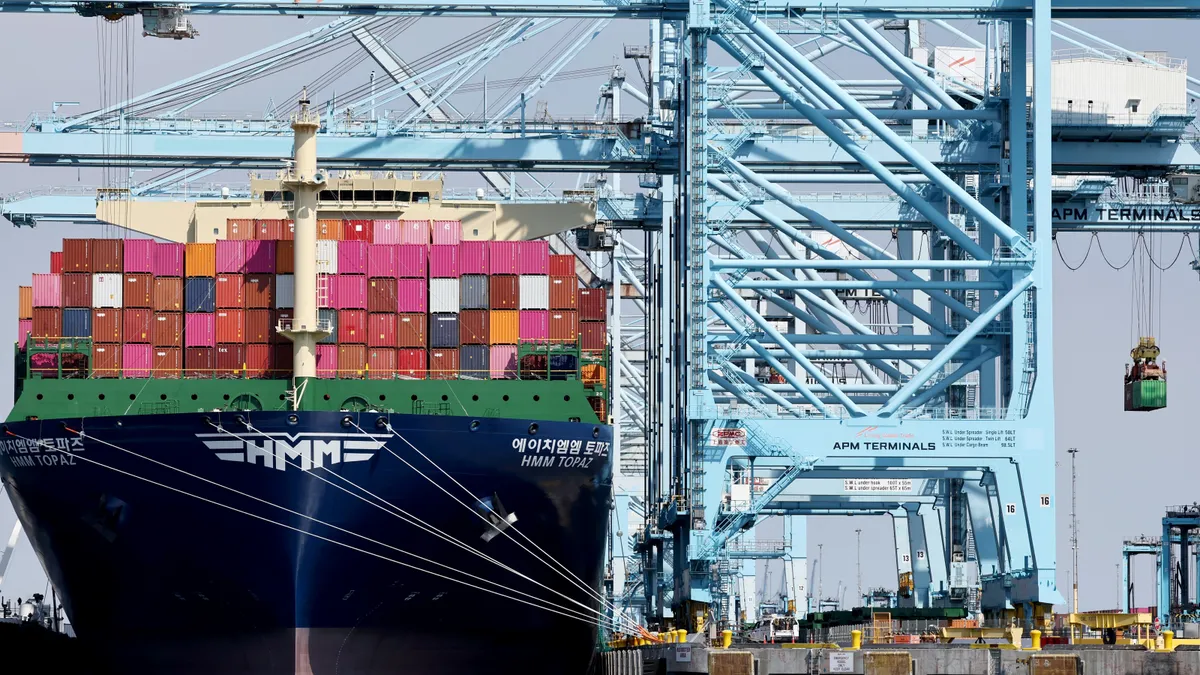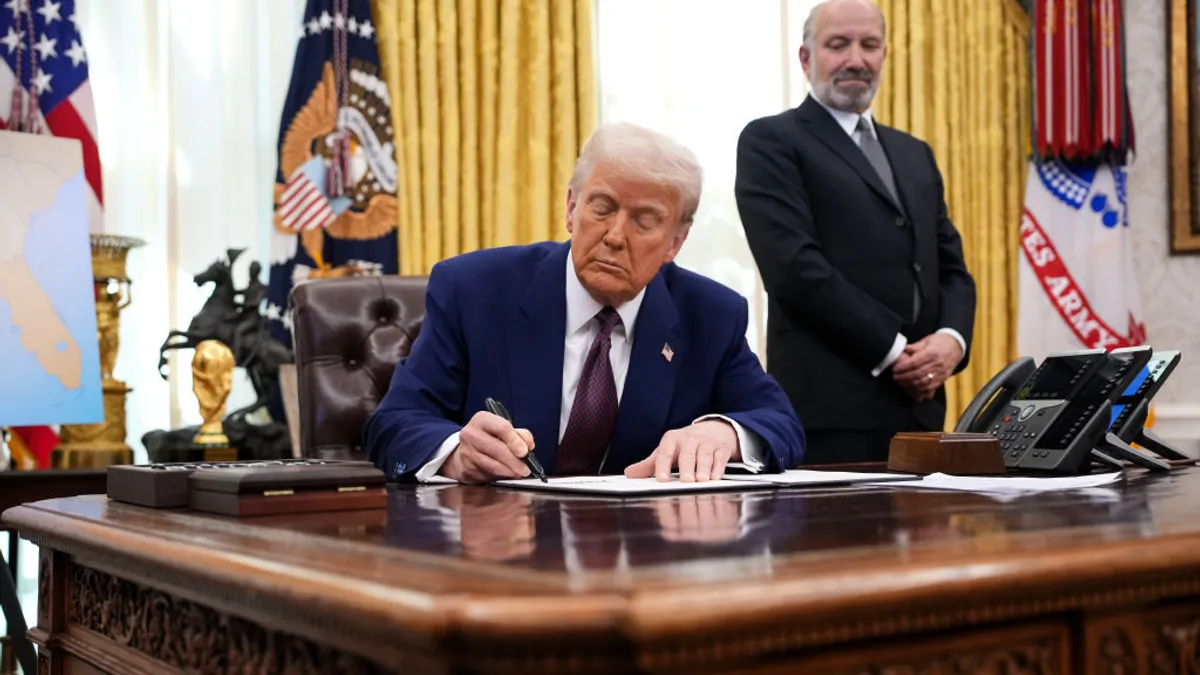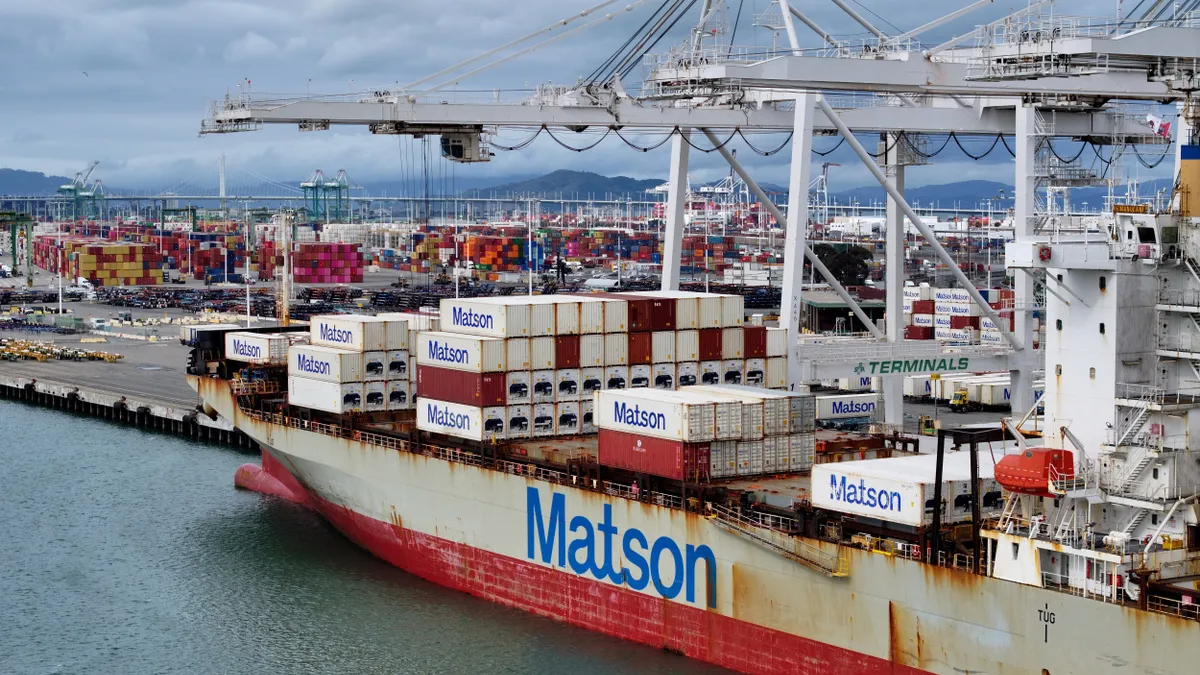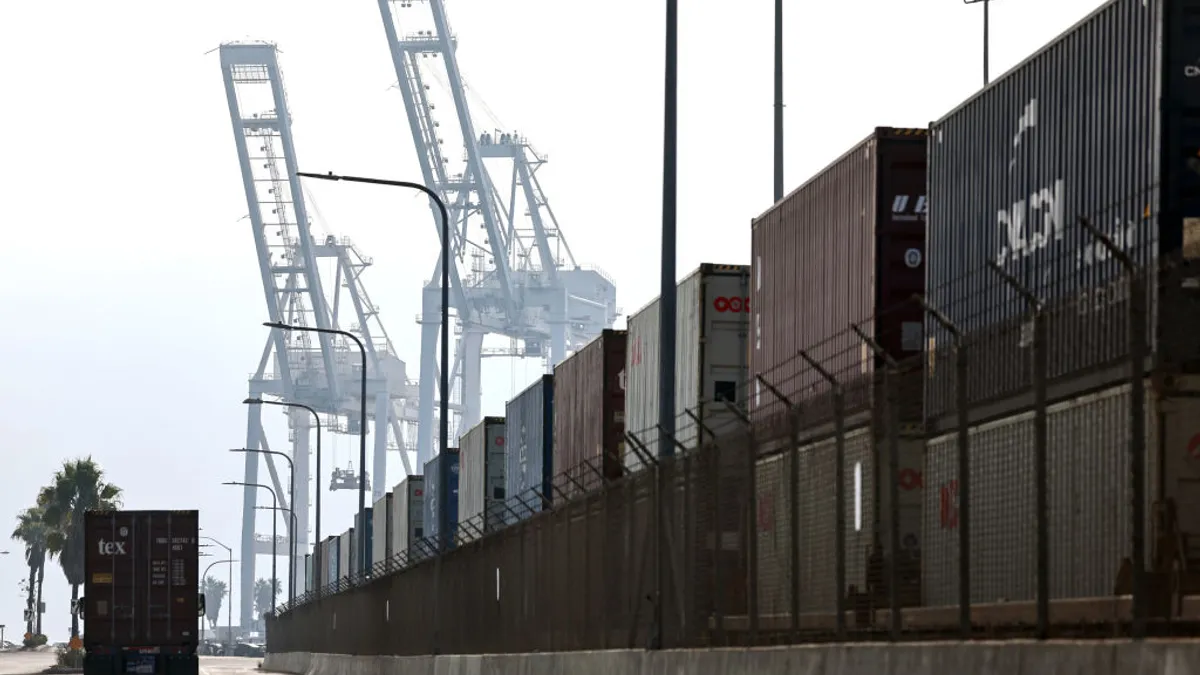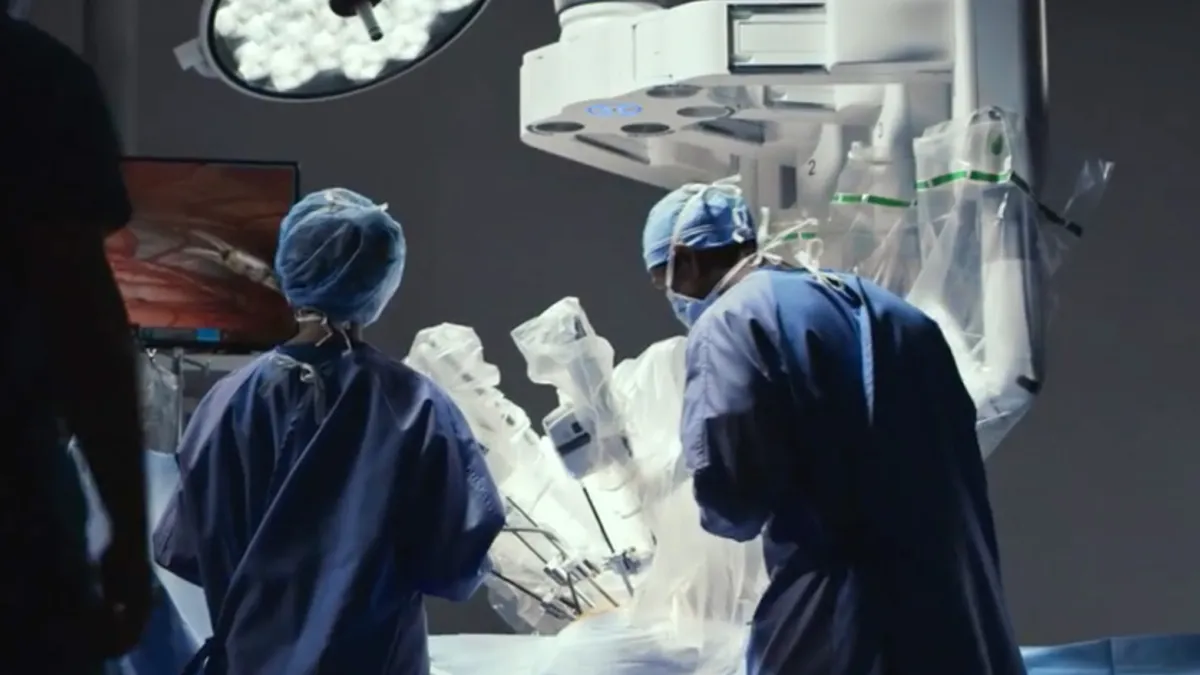President Donald Trump’s tariff plans, both real and threatened, are roiling the medical device industry due to a complex supply chain dependent on offshore manufacturing.
The evolving policy caused whiplash when Trump ordered broad 25% tariffs on Canada and Mexico, before agreeing to postpone them for one month shortly after. Meanwhile, a new 10% tariff on imports from China has taken effect. Trump also threatened tariffs on the European Union. And on Friday, the president said he would soon announce reciprocal tariffs on countries with levies on U.S. goods.
The effect could be costly for the medtech industry, and it is not clear whether tariffs directed at China, Mexico and Canada would be short- or long-term, supply chain experts told MedTech Dive. Medical device companies rely on overseas sourcing, and they may be producing devices in the U.S. but sourcing raw materials and assemblies from other countries.
“We live in an interdependent world, and if we want to break those interdependencies, it is not going to happen overnight,” said Willy Shih, a professor at the Harvard Business School.
Advamed, one of the medtech industry’s largest lobby groups, has called for a tariff exemption for medical devices and supplies, noting Trump excluded certain medtech imports from China during his first term. Tariffs planned now could hinder R&D investment and lead to layoffs, higher prices for payers and patients, and shortages of critical technologies, the trade group argued.
The American Hospital Association, an industry group for health facilities, also urged the administration to exempt medical devices from tariffs, saying that disrupting the flow of common medical supplies such as needles, syringes, pulse oximeters, anesthesia instruments and blood pressure cuffs from China could interfere with surgeries and the diagnosis and monitoring of patients.
Medtech companies across the industry, some with extensive global manufacturing networks, said they are closely monitoring the developments, as they fielded questions about the tariffs on recent earnings calls.
With the confusion and rush of developments around tariffs, Shih maintained that business needs certainty.
“People are very loath to make long-term decisions when things are changing all the time,” he said. “Until we get through that and figure out what sticks, we're going to have to face a lot of uncertainty, and uncertainty means additional cost.”
‘A very complex web’
Trump used tariffs to try to drive manufacturing back to the U.S. in his first term, and the motivation this time may be the same, said Canan Gunes Corlu, a professor with the Boston University Metropolitan College.
“Bringing manufacturing back to the U.S. sounds like a good thing, but it is not as easy as it sounds. It’s a very complex web,” said Corlu. Relocating production requires large investments, yet a company may no longer be able to get materials at the same quality and price or produce at the same labor cost. Suppliers have know-how and infrastructure already in place.
“Getting the same output with the same profit margin are not easy things to do, and they won’t happen in a year or so,” Corlu said.
Even before Trump’s additional 10% tariff on China, many suppliers to Western markets were already working to diversify manufacturing to countries such as Vietnam, Thailand, Malaysia and Mexico, said Harvard’s Shih. He expects the added tariff will continue that trend.
“There has been a huge push by a lot of suppliers just to reduce their dependency on China,” Shih said. “That’s coming out of COVID, and that’s coming out of the recognition that, in general, the trading environment is not as friendly as it used to be.”
From China to Mexico
Even if a company moves assembly work to Vietnam or Mexico, components for medical devices may still come from China, said Shih. China is a hub for electronics manufacturing, producing components such as monitor display screens and assemblies for blood glucose meters, he noted.
Container shipping lines last fall established new direct links from the east coast of China to the west coast of Mexico, illustrating the growth in trade between the two countries, Shih added.
Mexico also has production capabilities that have been lost in the U.S., Shih said. “If you want to make printed circuit boards at high volume for commercial applications, Mexico is great for stuff like that,” he said. “They make a lot of stuff that we don't make in the U.S. anymore.”
A key challenge to onshoring production is the labor cost differential, Shih said. Products manufactured in the U.S. must be high-margin and differentiated to justify the higher labor costs involved, “or you have to have high productivity, which means a lot more automation,” Shih said.
BDO consultant Ashley Hetrick said U.S. manufacturers have invested significantly in capacity for medical consumables since the COVID-19 pandemic, when Trump exempted 80 items key to combating the virus from tariffs on China. However, some of the capacity was placed in Canada and Mexico.
“So I could envision a circumstance in which [manufacturers] got exemptions, for example, from products that were inbound from Canada but don't get the same exception from China,” Hetrick said.
Retaliatory tariffs
For U.S. manufacturers reliant on exports to Canada, retaliatory tariffs could begin to sting as the cost of those items rises and could prompt a shift to alternate manufacturers in Europe, Hetrick predicted.
“Not only are we dealing with escalated costs for U.S. manufacturing or U.S. imported items, it's also going to be harder to sell U.S.-made items on the international market” if retaliatory tariffs come into play, Hetrick said.
Companies are now examining how to get more out of their domestic manufacturing footprints by adding and retooling production lines or adding Saturday and evening shifts, she said.
Device, diagnostic and lab tech manufacturers that want to move production back to the U.S. from Mexico will face competition from semiconductor, automotive and aerospace companies also looking to add capacity. At the same time, medtech companies could see more pressure from hospitals to limit cost increases.
“The piece that concerns me the most is that organizations are looking at where else can I cut costs to my organization?” Hetrick said. “R&D expenditures and investments in innovation and acquiring new technologies may be the easiest place for a company to cut if they're really concerned about the near term.”

